Finances
Piggyback loan: how it works, pros and cons
Explore the pros and cons of using a piggyback loan to finance your home purchase, including what it is and how it works. Learn all you need to know!
Advertisement
A comprehensive guide to understanding piggyback loans
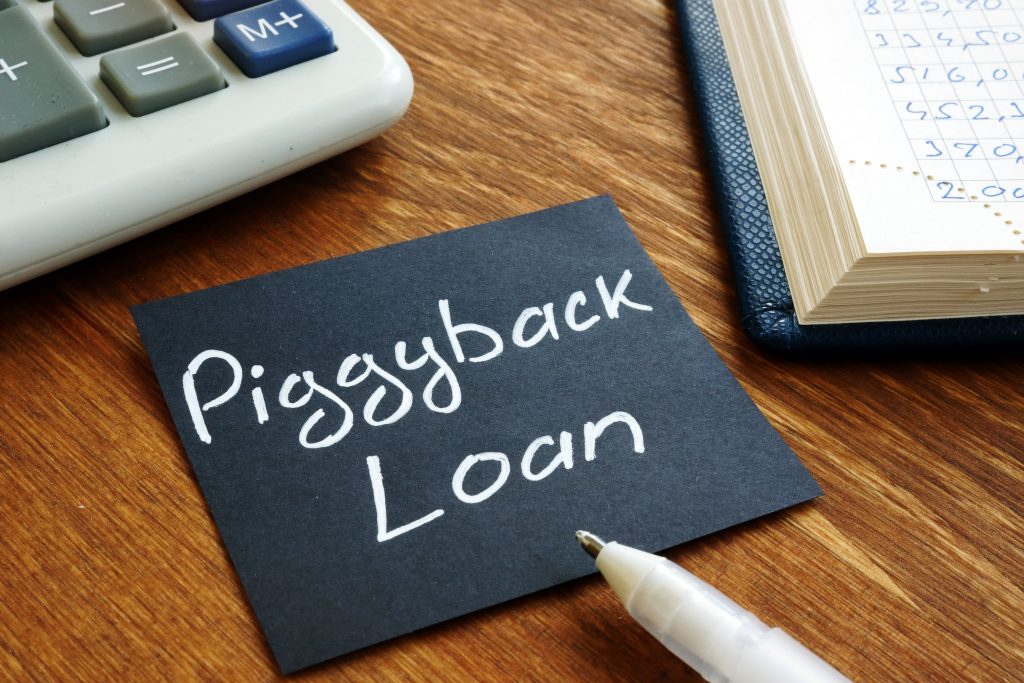
A piggyback loan can be essential for homeowners who want to avoid large down payments and potentially take advantage of lower interest rates.

What is the lowest credit score possible?
From checking your credit report to reducing your credit utilization, we provide a comprehensive step-by-step guide to help you take control of your credit!
But just like any other mortgage, some pros and cons must be considered. Learn all you need before making a decision here!
What is a piggyback loan and how does it work?
A piggyback loan effectively lowers the initial costs of purchasing a home, such as a down payment or private mortgage insurance.
A piggyback loan involves taking out two loans simultaneously on one property. You take out a mortgage for 80% of the home’s purchase price.
Furthermore, you take out a second loan, typically at 10%, while putting the remaining 10% down in cash.
The second loan is usually a home equity loan or line of credit (HELOC) with a 10-year draw period piggybacking.
By utilizing piggyback loans, homeowners can save substantially on closing costs and reduce their down payment for their dream homes.
You will be redirected to another website
By submitting this form, I agree that I am 18+ years old and I agree to the Privacy Policy and Terms and Conditions. I also provide my signature giving express consent to receive marketing communications via automated emails, SMS or MMS text messages and other forms of communication regarding financial products such as credit card and loans. Message frequency varies and represents our good faith effort to reach you regarding your inquiry. Message and data rates may apply. Text HELP for help or text STOP to cancel. I understand that my consent to receive communications is not a condition of purchase and I may revoke my consent at any time.
Things to consider before getting a piggyback loan
Piggyback loans generally offer borrowers more advantageous terms than traditional mortgages.
These loans can often be used to purchase a home when the borrower does not have enough funds for a down payment.
However, piggyback loans come with their own set of drawbacks. First, such loans typically involve higher interest rates due to their lesser liquidity.
It is, therefore, essential for potential piggyback borrowers to carefully weigh the pros and cons before making any decision. Check out!
Pros
- Down payment for the home value down payment is lower than for most other loan types;
- There is no need for Private Mortgage Insurance (PMI), which is required in conventional loans;
- Interest rates associated with the service are much lower;
- It saves you from needing a jumbo mortgage with higher interest rates and stricter criteria.
Cons
- Qualifying for this type of loan can be more difficult;
- Refinancing for this type of loan can be more complex;
- It can be more expensive than PMI itself.
The different types of piggyback loans available

Piggyback loans, are a popular mortgage solution for homebuyers who do not have the necessary down payment to purchase a property.
Four piggyback loan types are available to consumers:
- 80/10/10 loan;
- 80/15/5 loan;
- 75/15/10 loan;
- 80/20 loan requiring one mortgage and a 20% down payment.
Regardless of the type of piggyback loan, they all offer borrowers great comfort in knowing they have enough money to cover closing costs.
Check out more details.
80/10/10 Loan
An 80/10/10 piggyback loan may be worth considering on a conventional loan if you can cover the 10% down payment.
This consists of a primary mortgage of 80% of the sales price, a piggyback loan covering 10%, and your own funds paying for the remaining 10%.
80/15/5 loan
80/15/5 loans provide homeowners with an alternative way of financing their purchases.
These loans, commonly called 80/15/5 piggyback loans, have several key differences from 80-10-10 mortgages.
Moreover, 80/15/5 loans require only 5% down, with an additional 15% borrowed separate from the primary home loan.
This approach can offer more money upfront for those purchasing more significant homes at lower interest rates.
75/15/10 loan
75/15/10 loan is a great option for individuals looking to purchase a condo.
This consists of a 15% piggyback loan and a 10% down payment, helping to keep mortgage rates lower since the loan-to-value ratio is 75%.
A 75/15/10 loan is an especially prudent option, as condos often have higher mortgage rates if the ratio between the loan and value exceeds 75%.
80/20 loan
80/20 piggyback loans were particularly desirable before 2007’s housing crisis.
This arrangement allowed buyers to finance 80% of their desired home with a primary mortgage.
Also, cover the remaining 20% with a second mortgage without making a down payment.
Unfortunately, 80/20 loans have become uncommon today due to tight lending regulations.

Choose the right credit card
Are you looking for a new credit card? Then you're in the right place! Pick a credit card option based on your financial needs! Read on!
How to qualify for a piggyback loan?
Regarding piggyback loans, the requirements can be a bit stricter than for a typical home loan.
First, to qualify for the 80/10/10, you must satisfy the qualifying criteria for a primary mortgage and a home equity line of credit (HELOC).
This will require a credit score of 680-700 or higher and a debt-to-income ratio that does not exceed 43%, with both monthly payments considered.
Be aware that HELOCs usually carry higher interest rates than conventional 30-year mortgages.
However, piggyback loans may offer promising benefits despite their stricter requirements.
How to apply for a piggyback loan?
A piggyback loan consists of two mortgages taken out simultaneously; one for most of the purchase price and a second for the remaining part.
Generally, borrowers will get their main mortgage from one lending institution and obtain a second mortgage from another bank.
It is possible to get both loans from the same provider. To qualify for an 80/10/10 loan, simply inform your loan officer that is what you require.
In some cases, they can recommend a company with which they have worked in the past and provide more personalized guidance.
If you decide to find your own lender, ensure your primary lender is aware of this added step in the process.
Alternatives to piggyback loans

If you don’t want to opt for the piggyback loan, don’t worry. After all, you can think of three very interesting alternatives. Check it out!
Down payment assistance program
First-time homebuyers looking to purchase a new property often overlook down payment assistance programs.
These programs provide special benefits to help those who may not have the savings to cover the full cost of the down payment.
Government-backed loan
Government-backed loans make homeownership attainable to more people, no matter their financial situation.
FHA loans are a great example; they require only 3.5% down and have built-in mortgage insurance to help with the cost.
Jumbo mortgage
Jumbo mortgages are a great option for those wanting to loan more than the conforming loan limits.
Although higher interest rates may be involved, you’ll save time and money in the long run by only dealing with one lender instead of two.
Up next, discover how many mortgages you can have! Keep reading and learn more!

How many mortgages can you have?
Looking to invest in multiple properties but unsure how many mortgages you can take out? Read this guide for investors and find out!
About the author / Beatriz Vieira
Trending Topics
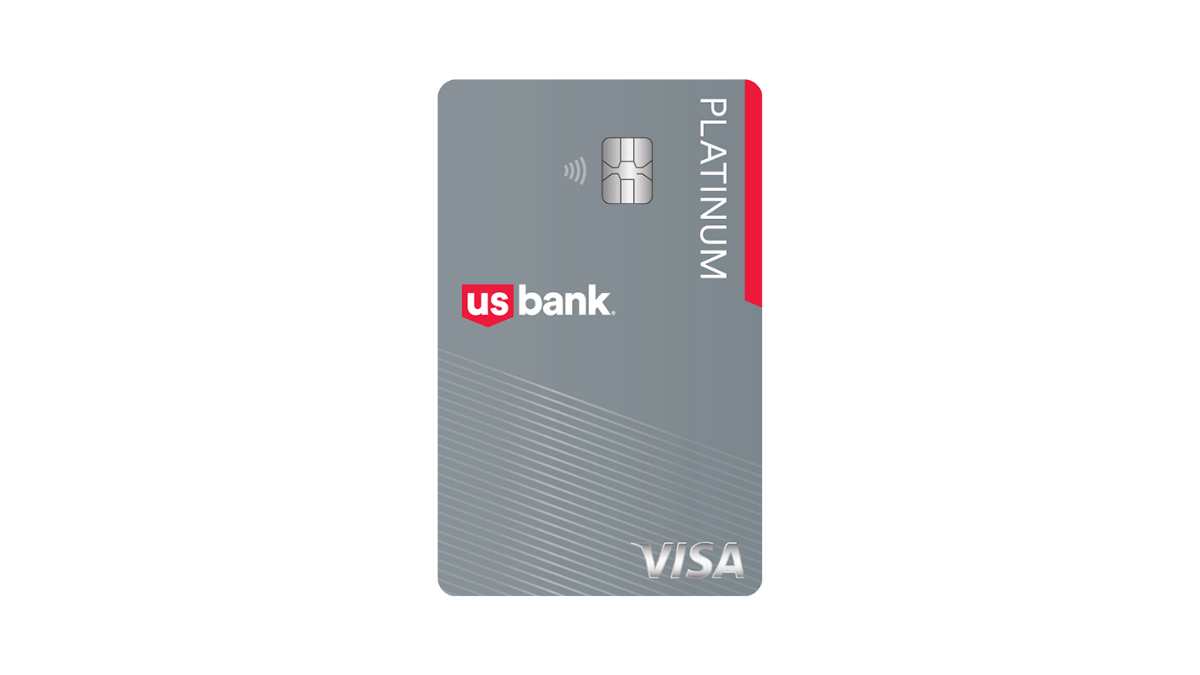
Apply for the US Bank Visa® Platinum Card: Long Intro APR!
Find out how to apply for the US Bank Visa® Platinum Card and benefit from no annual fees with our simple step-by-step guide.
Keep Reading
Apply for the Wells Fargo Reflect® Card: Pay no annual fee!
Discover how to apply for the Wells Fargo Reflect® Card in our concise guide and enjoy no annual fees with an extensive low APR intro.
Keep Reading
How many mortgages can you have? A guide for investors
Are you an investor looking to maximize your returns? Discover how many mortgages you can have and the best strategies for utilizing them!
Keep ReadingYou may also like
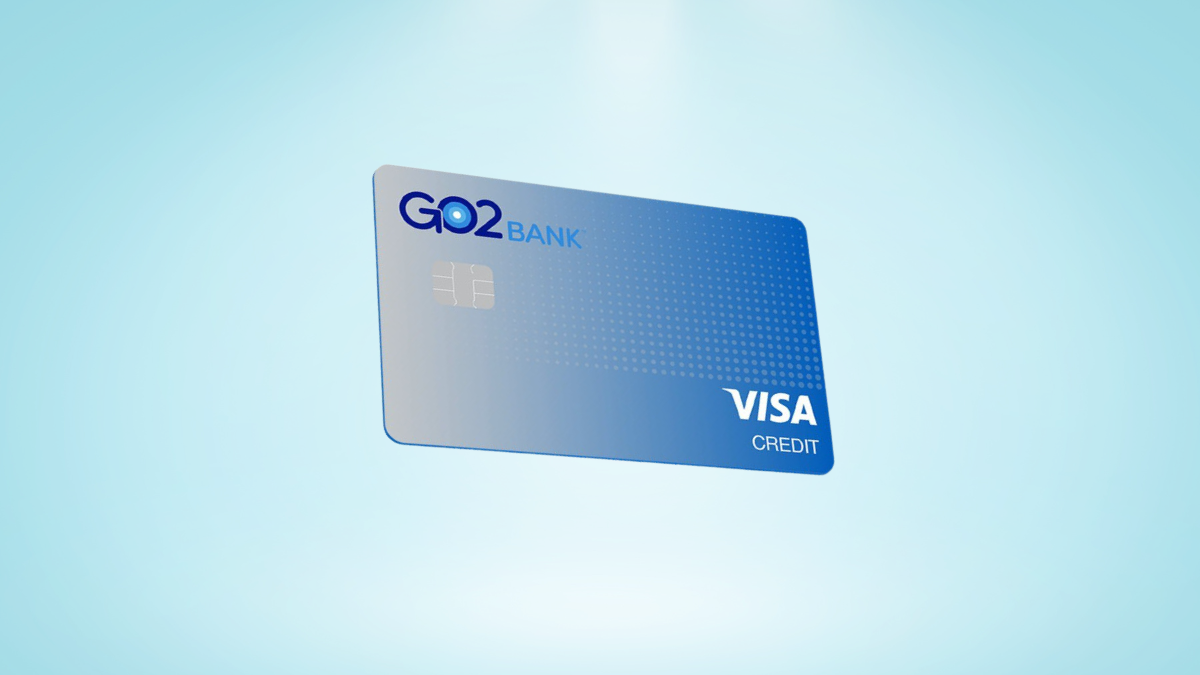
Quick and simple: Apply for the GO2bank Secured Visa® Credit Card
Step into the credit world with confidence! Discover how to apply for the GO2bank Secured Visa® Credit Card with our easy guide.
Keep Reading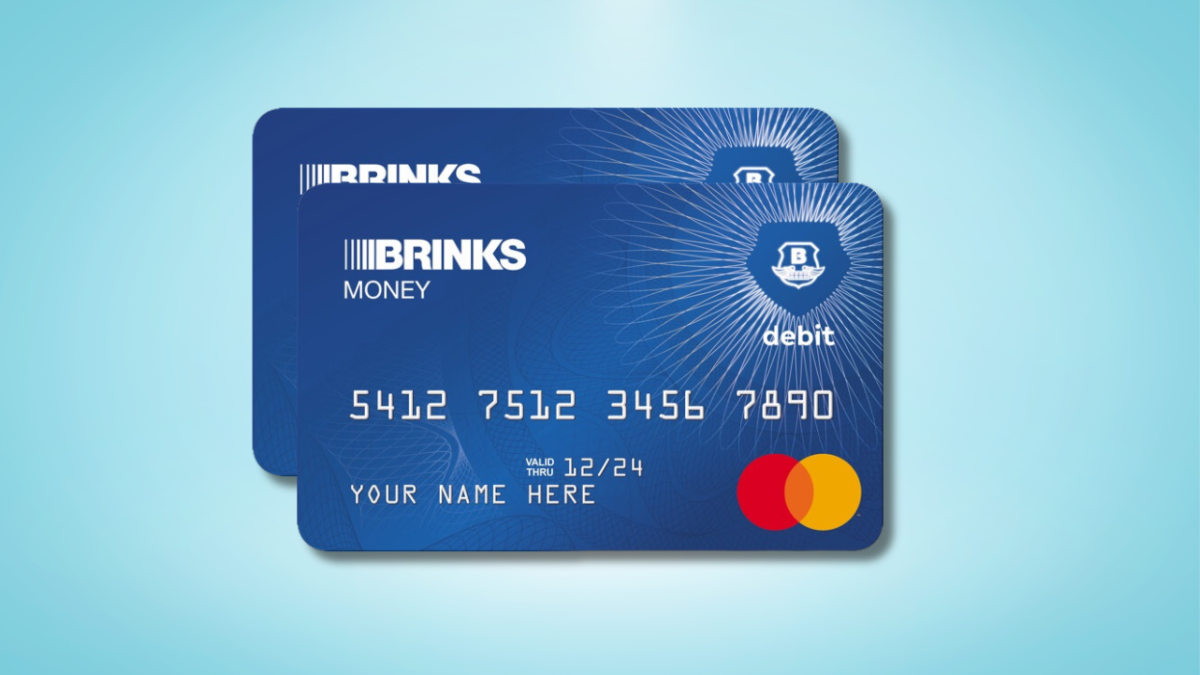
Brink’s Prepaid Mastercard® review: Earn cash back rewards!
Discover insights in our comprehensive Brink's Prepaid Mastercard® review! Enjoy flexible loading options, and cash back rewards.
Keep Reading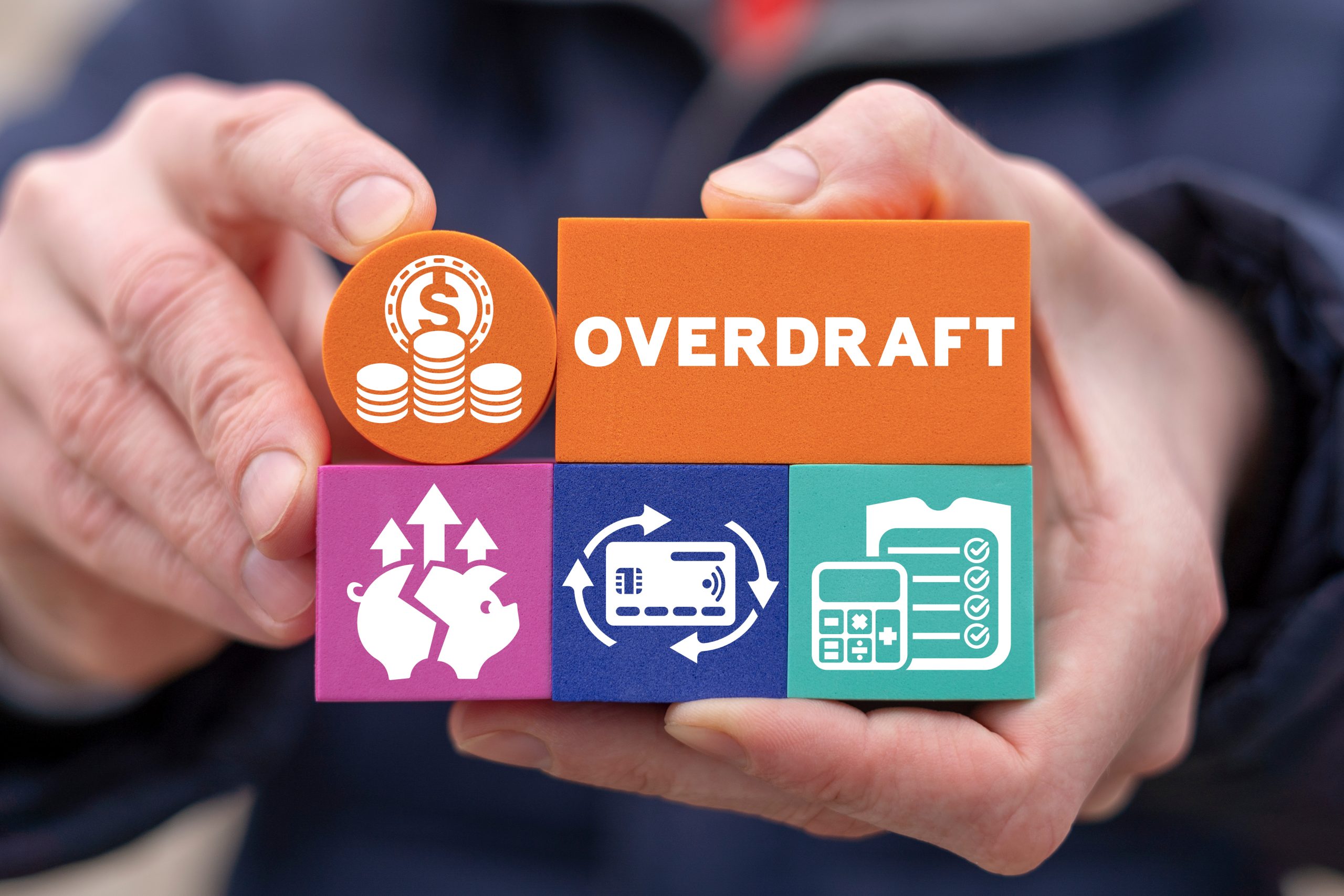
Can an Overdraft Affect Your Credit Score?
Does overdraft affect your credit score? Learn facts and tips to protect your financial health and credit rating. Stay informed and secure.
Keep Reading